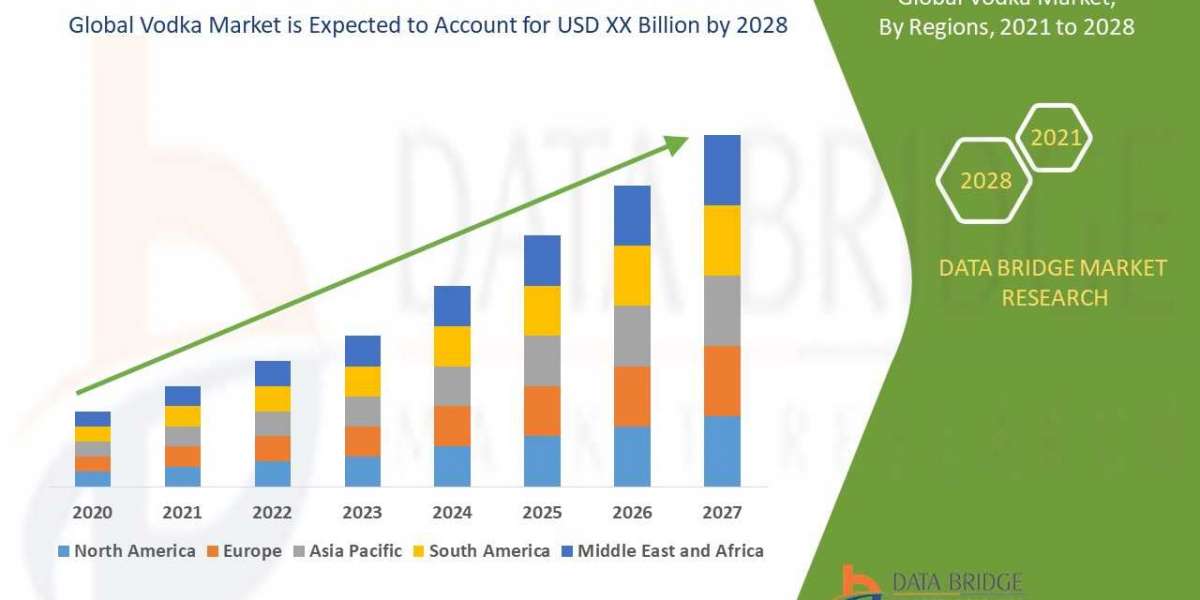The blood purification equipment market is witnessing steady growth, driven by the rising prevalence of chronic kidney diseases, sepsis, autoimmune disorders, and metabolic diseases. Blood purification technologies are vital in removing toxins, inflammatory mediators, and excess fluids from the bloodstream, especially in patients requiring intensive care or renal replacement therapy.
One of the primary drivers of market expansion is the increasing global burden of end-stage renal disease (ESRD) and chronic kidney disease (CKD), conditions that require long-term dialysis treatment. Hemodialysis and peritoneal dialysis remain the most common blood purification procedures, fueling demand for dialysis machines, filters, and consumables. Moreover, the growing aging population, which is more prone to kidney and metabolic disorders, is contributing to the steady increase in demand for blood purification equipment.
The market is also being influenced by rising incidences of sepsis and critical care conditions, where blood purification therapies such as hemoperfusion, continuous renal replacement therapy (CRRT), and plasma exchange are used to stabilize patients by removing pathogens, cytokines, and toxins. These therapies have become increasingly relevant, particularly in the wake of the COVID-19 pandemic, which led to a spike in demand for extracorporeal blood purification systems in critical care settings.
Technological advancements are playing a pivotal role in shaping the industry. Innovations in filter membranes, biosensors, and portable dialysis machines have improved the efficiency and accessibility of treatment. Additionally, the rise of home-based dialysis solutions and compact CRRT devices is creating new opportunities, especially in developed regions where healthcare systems support patient-centered care.
Despite its potential, the market faces several challenges. High costs of equipment, particularly for advanced systems, and the need for skilled personnel can limit adoption in low- and middle-income countries. Moreover, reimbursement issues and regulatory complexities can pose hurdles for manufacturers and healthcare providers.
Geographically, North America and Europe hold significant market shares due to advanced healthcare infrastructure and high awareness. However, Asia-Pacific is expected to witness the fastest growth, driven by increasing healthcare investment, a large patient base, and growing awareness of kidney health and critical care solutions.
In summary, the blood purification equipment market is poised for robust growth, underpinned by chronic disease prevalence, technological progress, and expanding critical care services. Continued innovation and broader access to affordable care will be key to sustaining momentum in this life-saving medical sector.
Search
Popular Posts
-
 Canadian pharmacies not requiring prescription
Canadian pharmacies not requiring prescription
-
 Caramelized Australian Balsamic: Craving Perfection? Aussie Basket Delivers Every Time
Caramelized Australian Balsamic: Craving Perfection? Aussie Basket Delivers Every Time
-
 6G Market Upcoming Opportunities, Trends and Industry Outlook 2025
6G Market Upcoming Opportunities, Trends and Industry Outlook 2025
-
 3D Printing Services in Coimbatore: Choose WOL3D Coimbatore for Superior Quality
3D Printing Services in Coimbatore: Choose WOL3D Coimbatore for Superior Quality
-
 Indulge in Mutual Massage in London for Connection and Complete Relaxation
Indulge in Mutual Massage in London for Connection and Complete Relaxation









